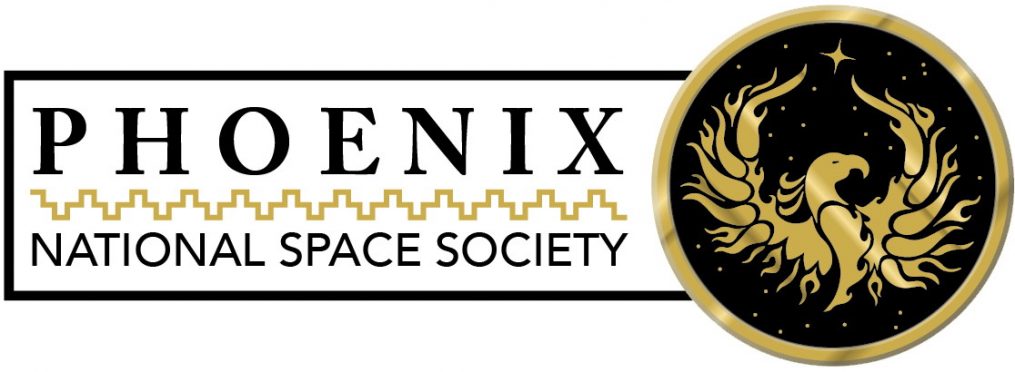Commentary by Michael Mackowski
On June 4, 2014, the National Research Council issued a congressionally authorized report on the future of human spaceflight. (The report was requested in 2010.) The bottom line of their recommendation is that NASA should focus on Mars as their ultimate goal, but they allowed that there are various options and stepping stones needed to get there, including lunar and asteroid missions. Yet they did not recommend which path to follow. They also acknowledged that the current trend of flat budgets is not likely to be adequate to successfully carry out such a program. So to me, the message is that NASA has many options, we don’t know which one is best, and NASA isn’t likely to get enough funding for any of them to result in putting people on Mars. Thanks and have a nice day.
The report lists all the possible space exploration destinations (Moon, Mars, asteroids, etc.) and makes the obvious conclusion that a human landing on Mars is the most challenging, so that should be the ultimate goal. It took a committee of experts to figure that out?
They also addressed the reasons to send people to Mars. Personally I found it interesting that the list pretty much matches what I have found and presented in my own “Hard Road to Mars” presentation. They conclude that none of those reasons are compelling enough to “justify the value of pursuing human spaceflight”, yet when taken in combination, it makes sense to support the effort. In my presentation, I had a similar list of reasons to go to Mars and a similar conclusion. Here is a mapping of my “Hard Road to Mars” motivators versus the committee’s.
| NRC Report | Mackowski’s Reasons for Going |
| Economic benefits | Profit |
| National Security | Geopolitical |
| National stature and international relations | Geopolitical |
| Inspiration of students and citizens | Exploration |
| Scientific discovery | Science |
| Human survival | Colonization |
| Shared destiny and aspiration to explore | Exploration |
They, like many studies before, found that public interest in space is favorable but shallow. It’s neat but not a priority, and by the way, don’t spend too much money on it until you solve all our other problems first.
The committee suggested NASA’s current plan of developing a beyond Earth orbit capability (which sounds like Orion and SLS although those programs were not mentioned by name) is too vague. They claim that NASA’s plan does not have a “stepping stone” architecture with clear milestones that will result in a sustainable program. NASA sees the ARM project as a sort of stepping stone mission, or at least a demo of some of the capabilities needed for a deep space mission. Yet the committee makes a point that the Asteroid Redirect Mission has no direct benefit to a human Mars mission and suggests that a return to the lunar surface would have more value in reducing the risk of a Mars mission. [From my view, this may be true, but currently NASA has no budget for putting people back on the Moon, but could pull off ARM within existing budgets.] Since the NRC report calls for increased budgets to do these things, how can NASA plan for more ambitious missions (lunar excursions, for example) until the budget is there?
As the report says NASA is on the wrong path to Mars, what is the right path? They propose a “pathway” with stepwise markers that make it clear progress is being made. They don’t like the “flexible approach” (which has no specific destination) and suggest a focus on Mars would be a more efficient use of resources. Then they propose several options to get there including guidelines on how to develop such a pathway but they don’t make specific recommendations as to which path to follow.
Fortunately they do recommend including commercial and international collaboration and an emphasis on sustainability. But the report was too weak and vague in that area. There is almost no consideration of boosters other than SLS, for example, nor how the development of low cost launch vehicles could play into all of this. Some other pathway studies (such as the NSS) are strongly based on commercial involvement to result in a sustainable space infrastructure that is less dependent on unpredictable government funding levels.
The most specific recommendations were to develop some necessary technologies that will be required for deep space missions (power, propulsion, Mars entry, descent, and landing, etc.). This sounds like a plan that is still very infrastructure-oriented, driven by capabilities, and still smells like the “flexible approach” with an acknowledgement that Mars is the ultimate goal. My concern is that if the technology development focuses on Mars only, that may leave out thedevelopments needed to create a sustainable cislunar space economy.
They also make the obvious conclusion that whatever plan is chosen, it must be adequately funded and supported across multiple administrations. We all know those are the problems but this report provides no solutions.
A lot of the report is stuff that space advocates and aerospace industry leaders already knew. No really new ideas are proposed, and no new insights or answers are offered. They don’t think NASA’s current flexible approach is going to get us to Mars but it’s all the agency can afford. So from my perspective, this is another space policy report that is going to sit on the shelf and collect dust.





 , who was America’s first woman in space and a member of the probes’ mission team.
, who was America’s first woman in space and a member of the probes’ mission team.




You must be logged in to post a comment.